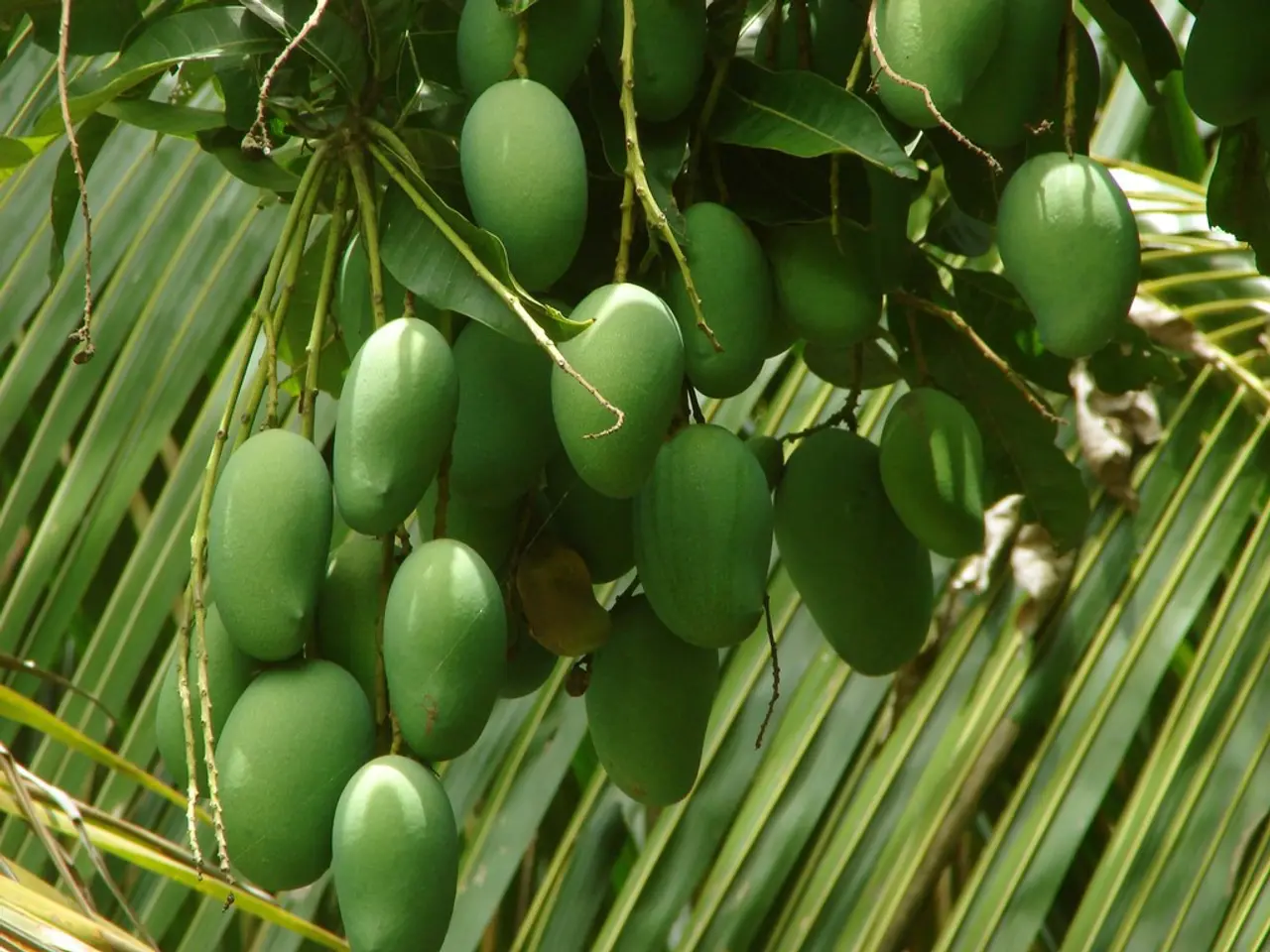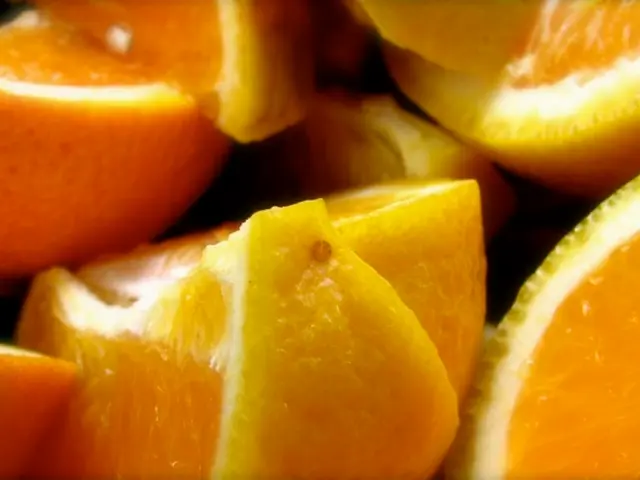Best Practices for Sustaining Mango Orchards for Maximum Production
Mango farming is a rewarding endeavour that yields delicious fruits and a sense of satisfaction. To ensure successful, high-quality yields, focus on these key areas: soil preparation, irrigation, pest control, pruning, and post-harvest handling.
Soil Preparation
Choose well-drained soil rich in organic matter. Mango trees thrive in sandy loam to loam soils. Prepare the soil by deep plowing and incorporate organic compost or well-decomposed manure to improve fertility and structure. Ensure proper site selection with full sunlight exposure (at least 6 hours daily) for optimal growth and fruiting.
Irrigation
Initially, water young mango trees deeply every 1-2 weeks to establish strong roots. Adjust watering frequency based on rainfall and temperature. During the growing and fruiting seasons, maintain consistent moisture but avoid waterlogging, which can damage roots and reduce yield quality. Deep watering supports healthy root development.
Pest Control
Regularly inspect for pests like aphids and mealybugs, common threats to mango trees. Use organic insecticides or neem oil for effective pest management to reduce chemical residues and support plant health. Integrated pest management including monitoring, biological controls, and maintaining orchard hygiene is advisable to control pest outbreaks efficiently.
Pruning
Conduct annual pruning to remove dead or diseased branches, improve air circulation, and increase sunlight penetration to the canopy. Proper pruning shapes the tree structure, facilitates harvesting, and promotes better fruit development.
Post-Harvest Handling
Pre-cool harvested mangoes to 12-13°C before packing to slow respiration and reduce shrinkage, vital for maintaining fruit quality during storage and transport. Use cushioning materials like foam netting or paper shavings in packaging to prevent bruising. Opt for appropriate packaging types depending on the market: corrugated fiberboard boxes for bulk shipments, plastic crates for short distances, or clamshell PET containers for premium mangoes. Maintain a cold chain with storage and transport temperatures of 8-12°C to extend shelf life and reduce spoilage.
These practices, aligned with regional climatic conditions and specific mango varieties, will help ensure high-quality yields from your mango farm while maintaining fruit freshness and marketability. The guidance closely follows recent expert horticultural advice, particularly from sources on growing Mahachanok mango trees and mango export handling.
By investing time and effort in maintaining mango farmland, you can reap bountiful harvests and the satisfaction of producing top-quality mangoes. Adopting these mango farming practices leads to consistent, high-quality yields year after year. Happy farming!
Enjoying a sustainable, fruitful lifestyle while nurturing your home-and-garden is just one benefit of owning a mango farmland. With proper gardening techniques like soil preparation, irrigation, pest control, pruning, and post-harvest handling, you can ensure a continual supply of fresh, high-quality mangoes that enhance your home and complement any home-and-garden setting.




